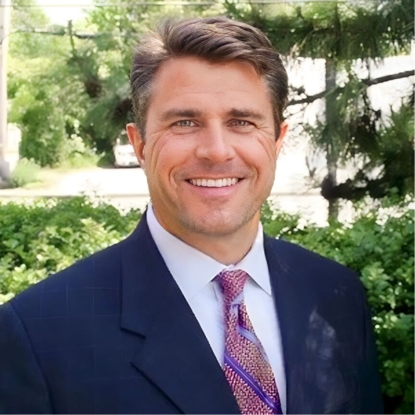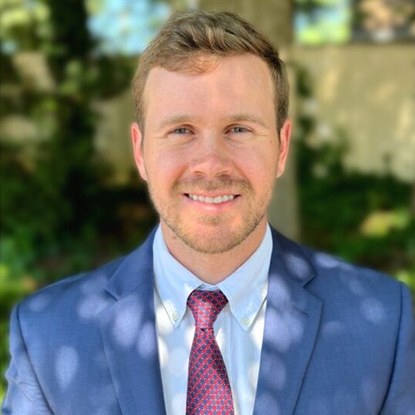
Our History
Unveiling Our Legacy: Pioneering Advocacy Across Diverse Legal Horizons
Hartman, Attorneys at Law, is an Annapolis based law firm committed to the aggressive advocacy of our clients’ interests, prompt communication and excellent service.
Our role is to thoroughly advise our clients as to the benefits and consequences of each possible course of action, whether it be litigation in state or federal court, arbitration, mediation, contract negotiation, estate planning, mergers and acquisitions, real estate, criminal law, divorce, and all other legal matters.
While the Firm was originally founded with a maritime law focus, over the years, Hartman’s attorneys have developed expertise in many areas of the law. The Firm’s present clients include multi-state financial institutions, publicly traded companies, family-held businesses, and individuals, while continuing a strong presence in maritime law. We serve clients in Maryland, Virginia, and the District of Columbia.
Call us today at (443) 335-9661 to work with a law firm that delivers exceptional service and aggressive advocacy across a wide range of legal matters.

Hartman - Attorneys at Law, combines decades of experience with a commitment to thorough, clear legal counsel. Learn more about our approach and history.

History I
Stanley Edward Hartman (1899 – 1998), son of Charles Edward Hartman and Catherine Marie Brandau, graduated from Harvard Law School in 1926. After a brief stint with a giant firm in New York City, Stanley returned to his home of Baltimore to work with the United States Attorney’s Office.
In 1931, after helping Herbert Hoover get elected, Stanley left the United States Attorney’s office and formed a small civil practice in Baltimore, Maryland, with his friend Edgar T. Fell. The firm of Fell and Hartman grew to prominence in Baltimore, with emphasis in civil litigation and admiralty. Nearly the entire firm was called to serve in World War II. Stanley left shortly after the attack on Pearl Harbor, not to return for nearly 5 years. Mr. Fell returned but never left the military hospital, where he died in 1951.
Stanley was joined by his son, C. Edward Hartman, II and his nephew Charles Christian Hartman in 1950 upon their graduation from law school. Ed and Buck, as they were known, graduated from Virginia Military Institute in 1947 and were admitted to Harvard Law School, from which they both graduated in 1950.
-
Trusted Representation for Every Challenge
From litigation to negotiations, our attorneys provide diligent representation, focused on achieving practical solutions for your peace of mind.
-
Comprehensive Legal SolutionsWhether you’re an individual, family, or business, we offer thoughtful counsel across maritime, business, estate, and real estate law to address your unique needs.
-
Strategic Guidance, Clear CommunicationWe help you navigate complex legal matters with straightforward advice and prompt communication, ensuring you feel confident at every stage.
-
A Legacy of AdvocacySince 1931, we’ve built lasting relationships by putting our clients’ interests first. Our long-standing history reflects our dedication to reliable, results-driven legal counsel.

History II
After ten years in Baltimore, Ed, who had moved to Annapolis due to his love of sailing, moved the firm to Annapolis and set up offices at the corner of Duke of Gloucester Street and Conduit Street, where they continued to practice civil litigation, admiralty, while adding business, land use, and banking as the firm grew.
Ed Hartman (1926-2021) was joined in 1965 by Bennett Crain, Jr., whose father and grandfather, Bennett Crain, Sr. and Robert Crain, were well known lobbyists and politicians, respectively. Mr. Crain, Sr., as a member of the Maryland legislature, was prominent in getting Route 301 built, connecting rural Southern Maryland with the rest of the state; 301 remains “Crain Highway” to this day.
Bennett Crain, Jr. was instrumental in drafting the first Anne Arundel County Code, and assisted Ed Hartman in growing the reputation of the firm that came to be known as Hartman and Crain throughout the next three decades.
In 1984, Hartman and Crain and a handful of associates moved to what was then the outskirts of town (Riva Road), parting ways with a highly respected group of attorneys that continue to this day to practice as Council Baradel Kosmerl and Nolan.
History III
In 1993, after the retirement of Stanley and Ed Hartman, among a few other events, C. Edward Hartman, III and other attorneys left to form their own firm, taking with them Stanley and Ed as “of counsel”, along with most of the firm’s clients.
The firm members, and their associates and paralegals, practiced at 116 Defense Highway in Annapolis, continuing to represent businesses and individuals in business, banking, civil litigation (federal and state), real estate, admiralty/maritime, land use, trust and estate planning and administration, domestic, and firearm related matters. We have been blessed over the years to work with many fine associates and paralegals, many of whom remain friends to this day.
History IV
The firm, after 90 years, is now called Hartman, Attorneys at Law. We continue to vigorously advocate for our clients, including families, real estate buyers and sellers, international boat manufacturers, national banks, hydropower companies, local builders and developers, yacht clubs, marinas, churches, defense contractors, real estate developers, and the individuals who manage and work for these companies.













